Related Research Articles
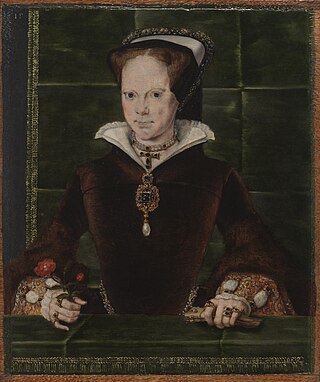
Hans Eworth was a Flemish painter active in England in the mid-16th century. Along with other exiled Flemings, he made a career in Tudor London, painting allegorical images as well as portraits of the gentry and nobility. About 40 paintings are now attributed to Eworth, among them portraits of Mary I and Elizabeth I. Eworth also executed decorative commissions for Elizabeth's Office of the Revels in the early 1570s.
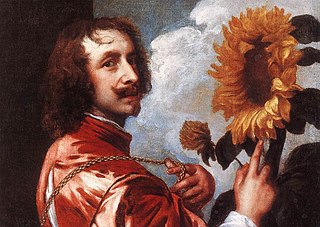
Sir Anthony van Dyck was a Flemish Baroque artist who became the leading court painter in England after success in the Spanish Netherlands and Italy.

George Jamesone was a Scottish painter who is regarded as Scotland's first eminent portrait-painter.

Cornelius Johnson or Cornelis Janssens van Ceulen was an English painter of portraits of Dutch or Flemish parentage. He was active in England, from at least 1618 to 1643, when he moved to Middelburg in the Netherlands to escape the English Civil War. Between 1646 and 1652 he lived in Amsterdam, before settling in Utrecht, where he died.

Cornelis de Vos was a Flemish painter, draughtsman and art dealer. He was one of the leading portrait painters in Antwerp and is best known for his sensitive portraits, in particular of children and families. He was also successful in other genres including history, religious and genre painting. He was a regular collaborator with Rubens.
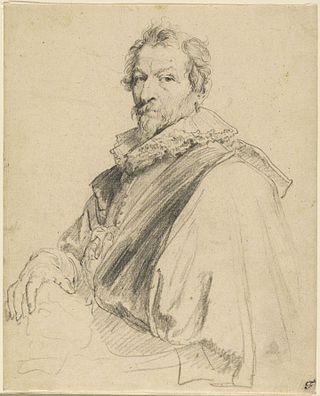
Hendrick van Balen or Hendrick van Balen I was a Flemish Baroque painter and stained glass designer. Hendrick van Balen specialised in small cabinet pictures often painted on a copper support. His favourite themes were mythological and allegorical scenes and, to a lesser extent, religious subjects. The artist played an important role in the renewal of Flemish painting in the early 17th century and was one of the teachers of Anthony van Dyck.

Marcus Gheeraerts was a Flemish artist working at the Tudor court, described as "the most important artist of quality to work in England in large-scale between Eworth and van Dyck" He was brought to England as a child by his father Marcus Gheeraerts the Elder, also a painter. He became a fashionable portraitist in the last decade of the reign of Elizabeth I under the patronage of her champion and pageant-master Sir Henry Lee. He introduced a new aesthetic in English court painting that captured the essence of a sitter through close observation. He became a favorite portraitist of James I's queen Anne of Denmark, but fell out of fashion in the late 1610s.

George Gower was an English portrait painter who became Serjeant Painter to Queen Elizabeth I in 1581.

Flemish Baroque painting was a style of painting in the Southern Netherlands during Spanish control in the 16th and 17th centuries. The period roughly begins when the Dutch Republic was split from the Habsburg Spain regions to the south with the Spanish recapturing of Antwerp in 1585 and goes until about 1700, when Spanish Habsburg authority ended with the death of King Charles II. Antwerp, home to the prominent artists Peter Paul Rubens, Anthony van Dyck, and Jacob Jordaens, was the artistic nexus, while other notable cities include Brussels and Ghent.

Quentin Metsys the Younger was a Flemish Renaissance painter, one of several of his countrymen active as artists of the Tudor court in the reign of Elizabeth I of England. He was the son of Flemish painter Jan Massys, Matsys, or Metsys and the grandson and namesake of Quentin Massys or Metsys.

Robert Peake the Elder was an English painter active in the later part of Elizabeth I's reign and for most of the reign of James I. In 1604, he was appointed picture maker to the heir to the throne, Prince Henry; and in 1607, serjeant-painter to King James I – a post he shared with John De Critz.
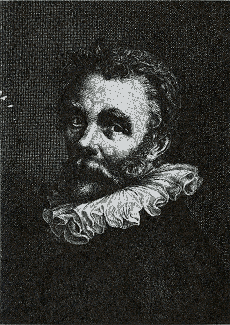
Cornelis or Cornelius Ketel was a Dutch Mannerist painter, active in Elizabethan London from 1573 to 1581, and in Amsterdam till his death. Ketel, known essentially as a portrait-painter, was also a poet and orator, and from 1595 a sculptor as well.

Steven van der Meulen was a Flemish artist active c. 1543–1563. He gained prominence in England in the first decade of the reign of Elizabeth I as one of many Flemish artists active at the Tudor court.
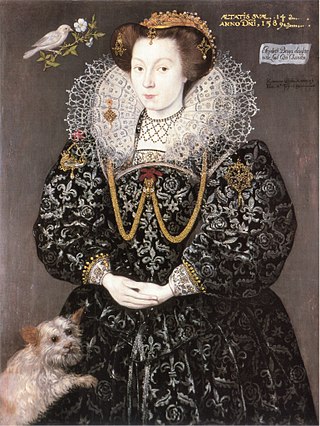
Hieronimo Custodis was a Flemish portrait painter active in England in the reign of Elizabeth I.
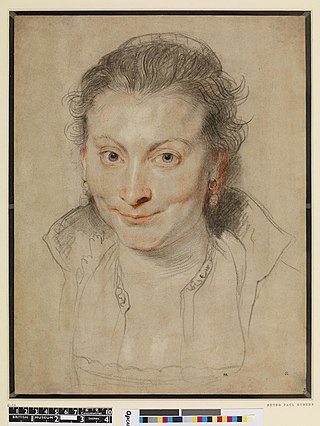
Isabella Brant, a portrait drawing, was executed in Antwerp around 1621, by Flemish artist and diplomat, Peter Paul Rubens (1577–1640). Brant (1591–1626) was Rubens' first wife and modelled for some of his portraits until her untimely death in 1626. The portrait is drawn in black and red chalk with white heightening on brown wash paper.

Cornelis van der Geest was a spice merchant from Antwerp, who used his wealth to support the Antwerp artists and to establish his art collection. He was also the dean of the haberdashers guild.
Tarnya Cooper is an art historian and author who is currently the National Trust's Curatorial & Collections Director.
The Lenthall pictures were a number of paintings owned by the Lenthall family and housed at Burford Priory. The collection was publicly commented on by art historians and tourists. It was largely dispersed in two sales in 1808 and 1833, although some works were retained by the family and sold in the late 20th century.

Dr. Joost Vander Auwera is a Belgian art historian and former museum curator. He is a specialist in Seventeenth-Century Flemish painting and a leading expert on the paintings of Jacob Jordaens, Abraham Janssens, and Sebastian Vrancx.
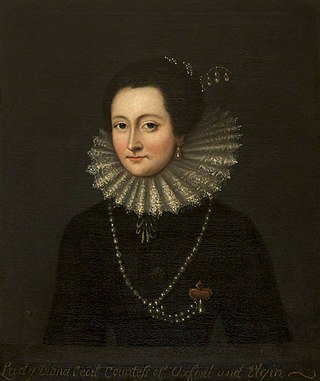
Diana Cecil, Countess of Oxford (1596–1654) was an English aristocrat. She was a daughter of William Cecil, 2nd Earl of Exeter and his second wife Elizabeth Drury, a daughter of Sir William Drury and Elizabeth Stafford.
References
- 1 2 "Prof Karen Hearn". Society of Antiquaries of London. Retrieved 18 December 2020.
- ↑ "Karen Hearn". University College London. Retrieved 18 December 2020.
- ↑ "Karen Hearn". Women Also Know History. Retrieved 18 December 2020.